Brain scans reveal that some people who can’t speak or move are aware of the world around them.
By Jan Claassen, Brian L. Edlow
By:Jan Claassen

Brain scans reveal that some people who can’t speak or move are aware of the world around them.
By Jan Claassen, Brian L. Edlow
By:Jan Claassen
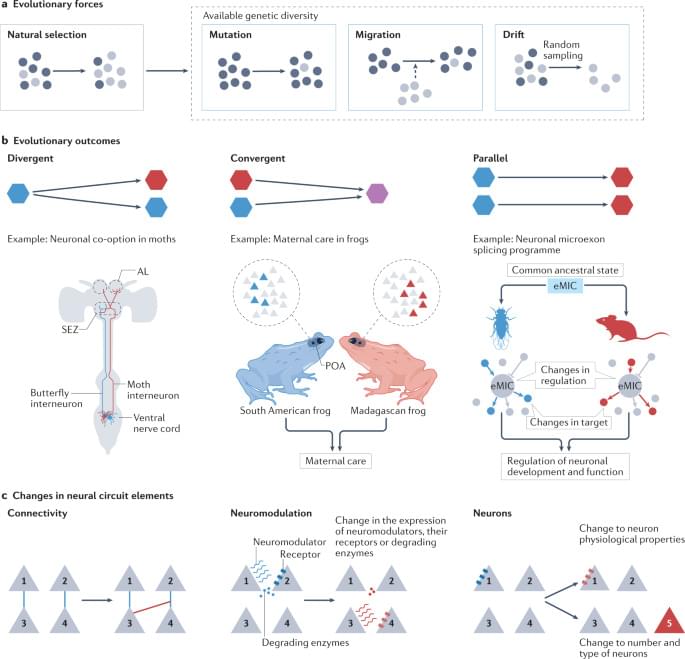
Understanding how brain circuits have been altered by evolution can provide insight into their development and function. Prieto-Godino and colleagues provide an overview of our current understanding of the principles of central circuit evolution, drawing on numerous examples from across the animal kingdom.
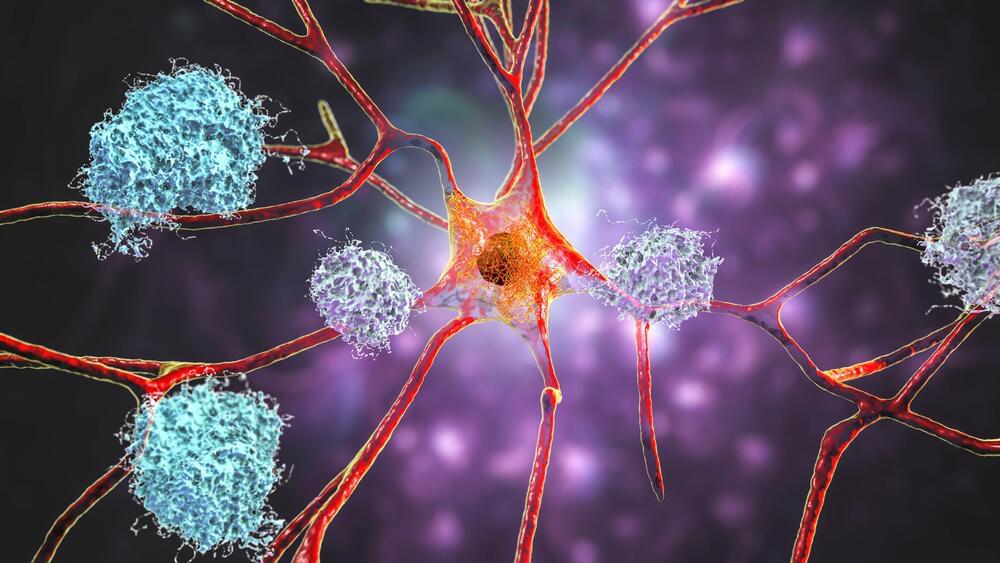
The overexpression of a gene tied to cell division and the structure and function of neurons may prevent and protect against cognitive decline in both mice and humans with Alzheimer’s disease (AD), according to a new study by scientists at the University of Colorado Anschutz Medical Campus.
The gene, Kinesin-5 or KIF11, does this despite the presence of amyloid beta (Abeta), the main component of plaques in the brains of those with AD. Scientists have traditionally targeted the plaques when looking for treatments for the fatal disease. In this case, they went around them.
The study was published online last week in the journal iScience.
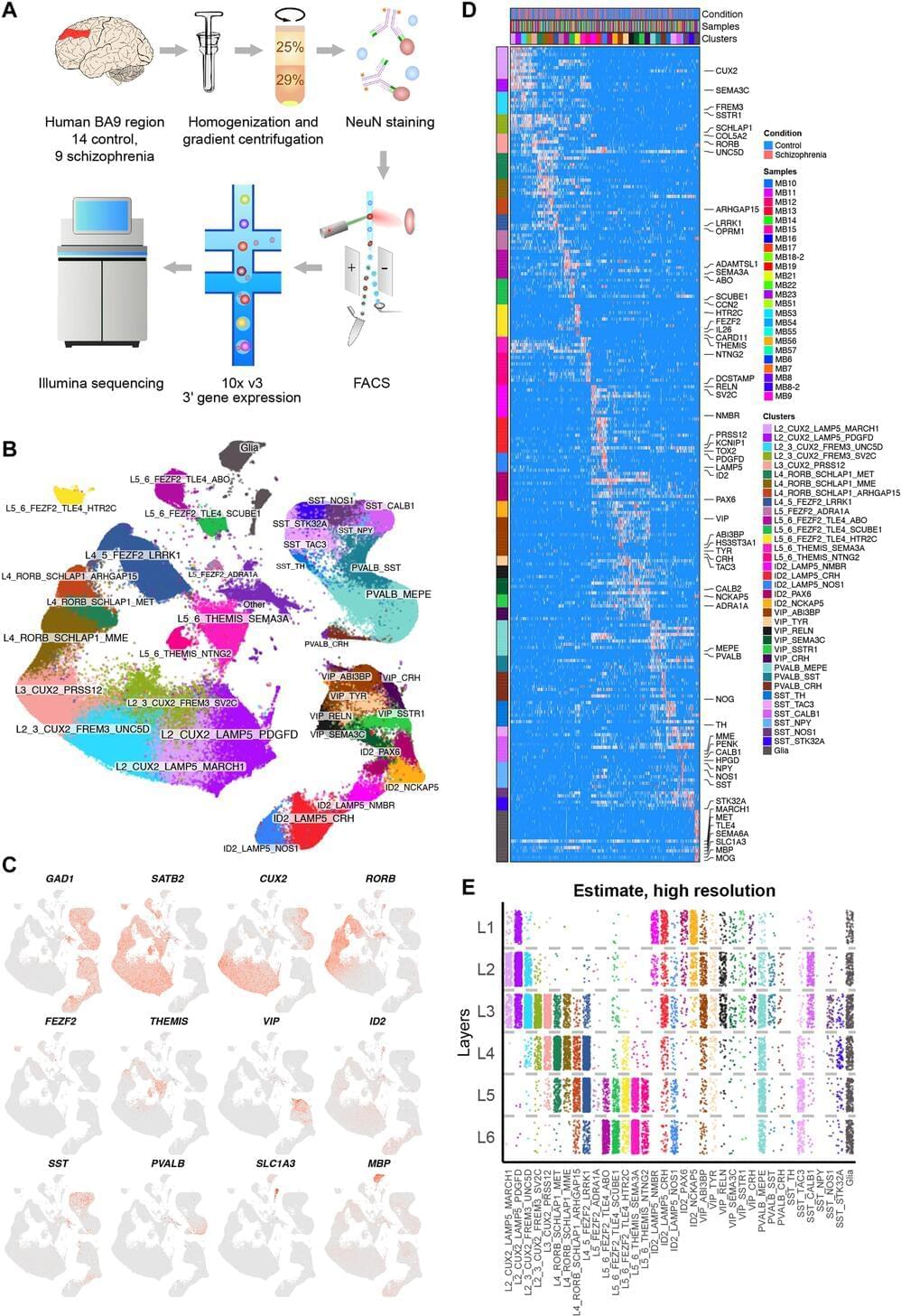
If you thought it was easy to analyze brain cells, think again.
When you take a brain tissue sample, all that your analysis would normally show you is an average for all the cell types present. And since there are a whole lot of cell types in our brain— neurons and others—you’ll get a sort of cell smoothie, which makes it difficult if not impossible to tell the cells apart, let alone study them.
It is like wanting to know how many green M&M’s there are in a bowl, but instead just getting told how many colors there are. You are not really getting the answer you wanted.
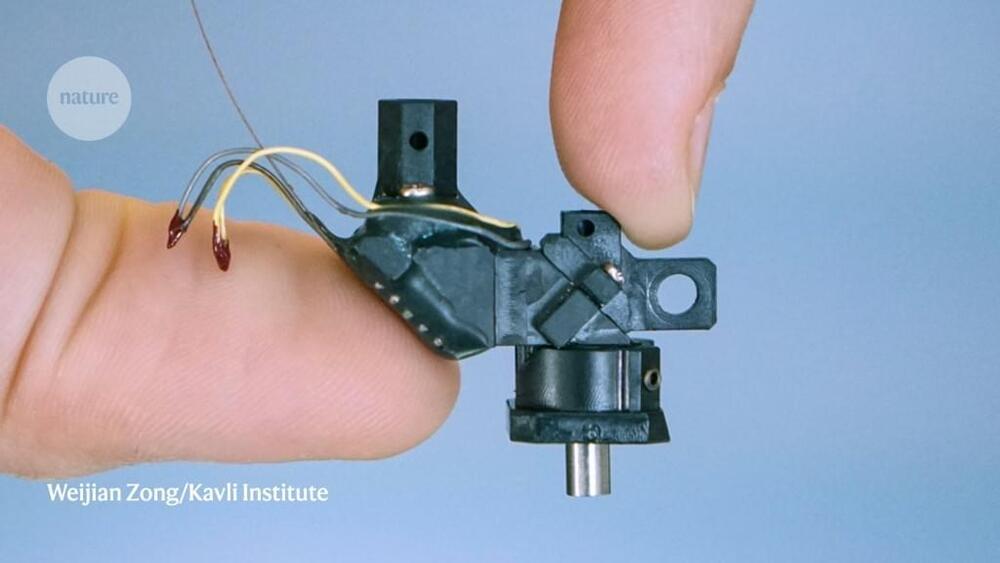
Pachyderms sport more brain cells for their ears alone than humans have for their whole face.
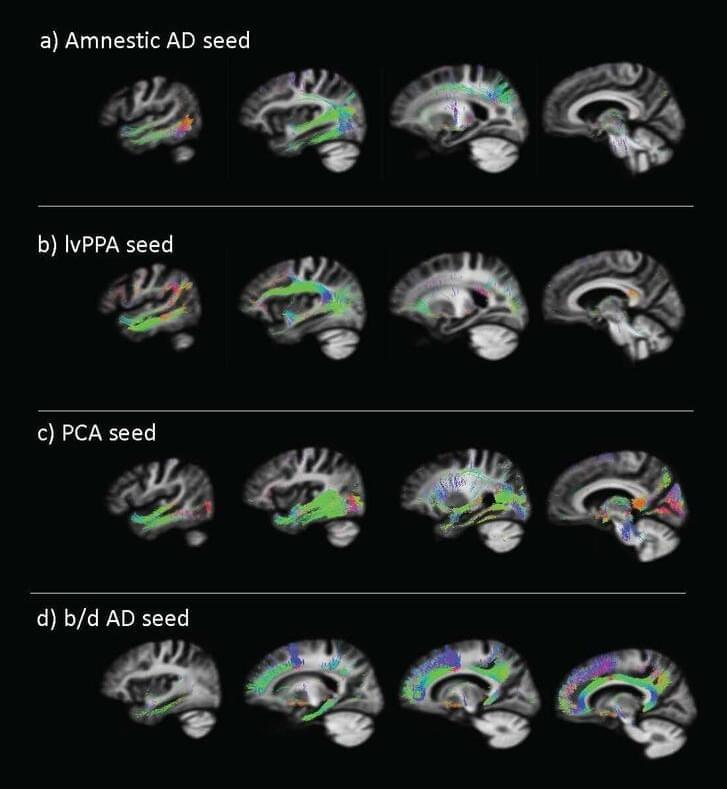
New imaging of patients with Alzheimer’s demonstrates how a telltale protein spreads throughout the brain based on the phenotype of the disease, i.e., whether the condition is dominated by forgetfulness, or atrophy in a specific brain region. The research offers a host of illuminating clues that ultimately may inform new treatment strategies.
The protein is known as tau and a large multi-disciplinary team of brain researchers at McGill University in Montreal has been able to trace the protein’s patterns in living patients via magnetic resonance imaging (MRI). Alzheimer’s disease is intimately linked to tau, which can form tangles in the brain that irrevocably damage neurons.
The patterns detected by McGill scientists apparently are unique to the phenotype of Alzheimer’s afflicting the patient. This staggering finding opens an intriguing new window into the molecular mechanisms of the disease. And while many features of Alzheimer’s are the same from one patient to the next, phenotypes are a hallmark of the condition. Tracking tau patterns is a specialty of the scientists at McGill, who found that the intrinsic connectivity of the human brain itself provides the scaffolding for the aggregation of tau in distinct variants of the disease.

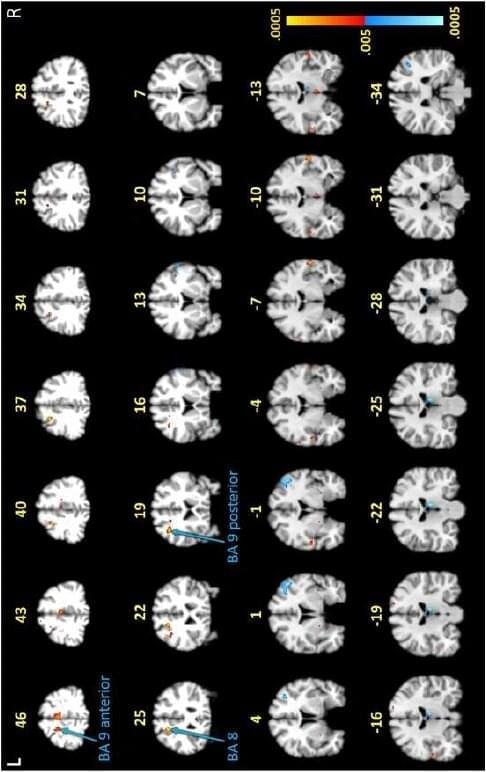
In a study using specialized imaging techniques, Johns Hopkins Medicine researchers report distinctive changes in the “white matter” and other brain tissue physiology of those with post-treatment Lyme disease, a condition affecting 10% to 20% of the nearly half a million Americans who contract Lyme disease annually.
The study’s findings, published October 26 in the journal PLOS ONE, substantiate and help validate that memory difficulties and other cognitive difficulties experienced long-term by individuals with post-treatment Lyme disease are linked to functional and structural changes in the brain.
Lyme disease, whose early symptoms may include a characteristic rash, flu-like aches and fever, joint pain, and fatigue, is treated using a rigorous course of antibiotics, which usually clears the illness.

How does the human brain keep track of the order of events in a sequence?
Research suggests that ‘time cells’ – neurons in the hippocampus thought to represent temporal information – could be the glue that sticks our memories together in the right sequence so that we can properly recall the correct order in which things happened.
Evidence for these kinds of sequence-tracking time cells has previously been found in rats, where specific neuron assemblies are thought to support the recollection of events and the planning of action sequences – but for a long time, less was known about how episodic memory is encoded in the human brain.